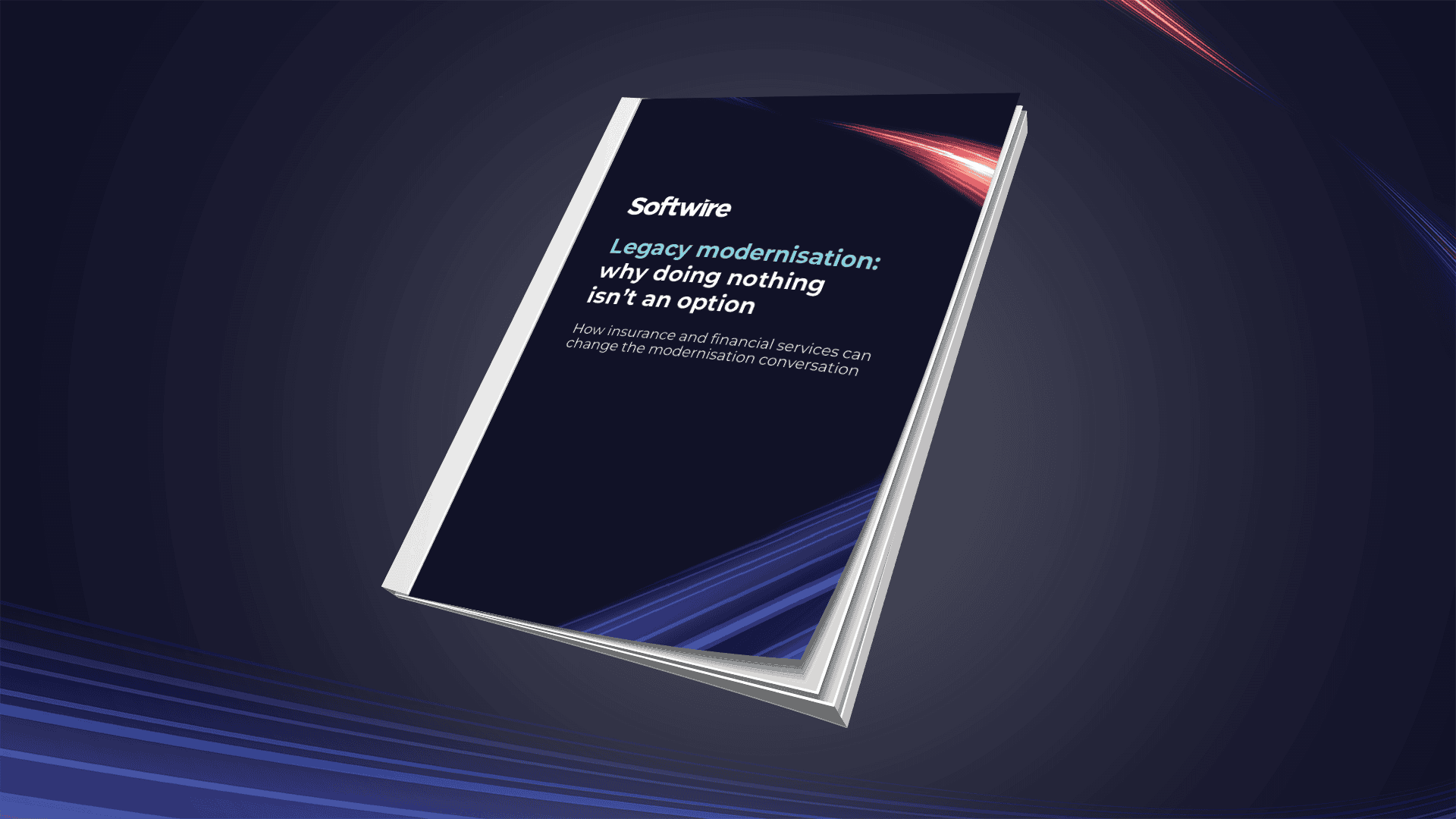
The Open Banking initiative requires the UK’s biggest banks to enable customers to share financial data with other approved organisations. Its aim is to help consumers and small or medium businesses manage their finances better – so they can ultimately get more from their money. For example, an individual could choose to share their financial information with a regulated price comparison website, which would then be able to provide results that were specifically tailored to that person’s situation. Or when applying for a loan or mortgage, someone could share their financial information with the prospective lender in a few clicks, rather than having to fill in reams of forms and supply evidence of income or savings.
An exciting opportunity for consumers and small/medium businesses
For customers, Open Banking represents an opportunity to engage in a much more open marketplace. As individuals or businesses, we’ll be more in control, empowered to find the best deals to suit our needs. And with a better overview of our current situations and potential options, many of us are likely to start looking to switch between financial services providers more than we currently do. As a result, banks need to react – and fast. The smart ones will embrace this drive towards interoperability and the greater transparency that’s likely to result. They’ll need to innovate quickly to retain their existing customers, attract the “digital-first” generation, and compete against the rise of fintech disruptors.
Customer-centric banking
Over the past few years, there’s been a noticeable increase in digital-first banks in the UK. Notable examples include Tandem, Monzo and Starling. These companies were built on the idea that traditional banking was too static and didn’t offer enough control to the consumer on how to best manage their finances. What these new players are doing is putting the customer at the heart of the way they design their services. They’ve then looked how to use their data to provide a variety of offerings to the market, which together have raised the bar when it comes to customer expectations. This is precisely the model that others – from established banks to fintech startups – need to follow, if they’re to unleash the full potential offered to them by Open Banking.
Creating truly user-centred services
The key is to involve users right from the word go. Listen to them to discover what they would find useful, then think about how to achieve this using technology and data. When it comes to designing the service itself, keep it simple at the start.
Sketch out some rough ideas, get user feedback and continually refine what you’re crafting. That way, you’ll know the features you’re creating are ones your users actually want, and that you’re implementing them in the right way.
Key to the whole Open Banking opportunity is data. Explore the art of the possible when it comes to the data that’s potentially available to you now. What new capabilities could you offer? How could you combine the various sources, or use machine learning and artificial intelligence to create something valuable and unique?
Blaze a trail
By putting the customer at the heart of the new product or service design and development process, you’re maximising the likelihood that it’ll be a hit. Get it right, like some of the early fintech disruptors have, and you’ll be able to blaze a trail when it comes to the new world of financial services, all made possible by Open Banking. Where could this new data opportunity take you?


